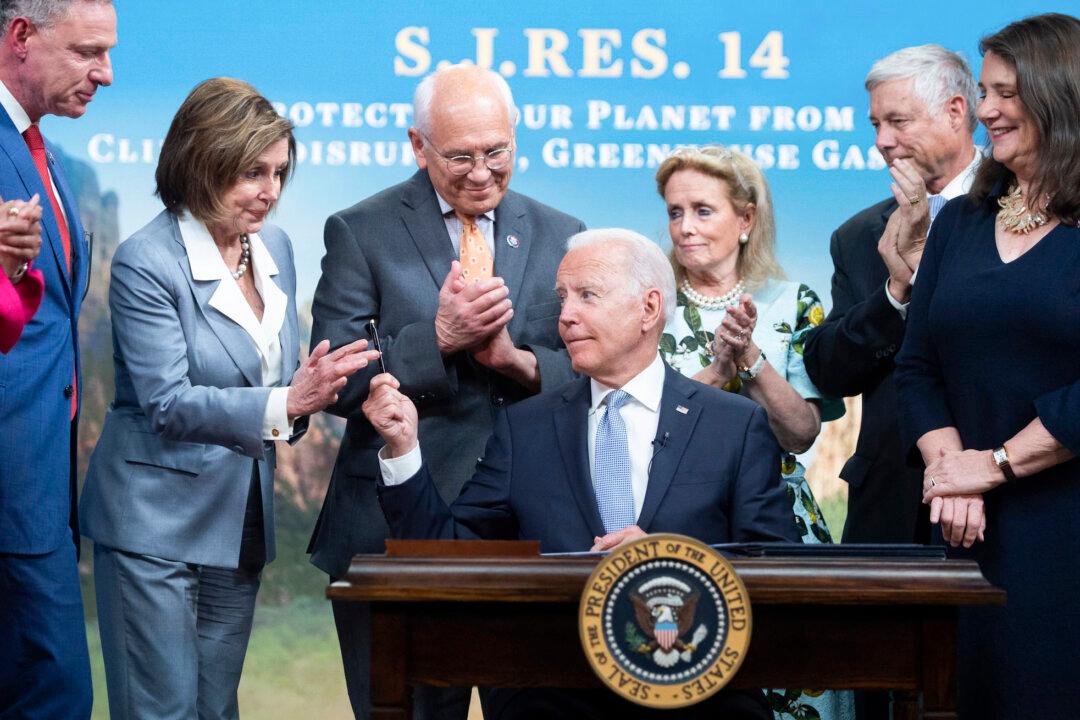The Biden administration’s “whole-of-government attack” in forcing a disruptive “green energy” transition is imposing higher consumer prices, costing jobs, and fostering investment uncertainty, oil and gas industry operators said during an April 23 congressional field hearing.
The administration is “deploying a series of interlocking rule-makings, spread across time and different agencies, to thwart straightforward legal challenges and maximize its regulatory agenda’s chances of success,” Denver-based Liberty Energy President Ron Gusek said, referring to the administration’s strategy as “regulatory smurfing.”





